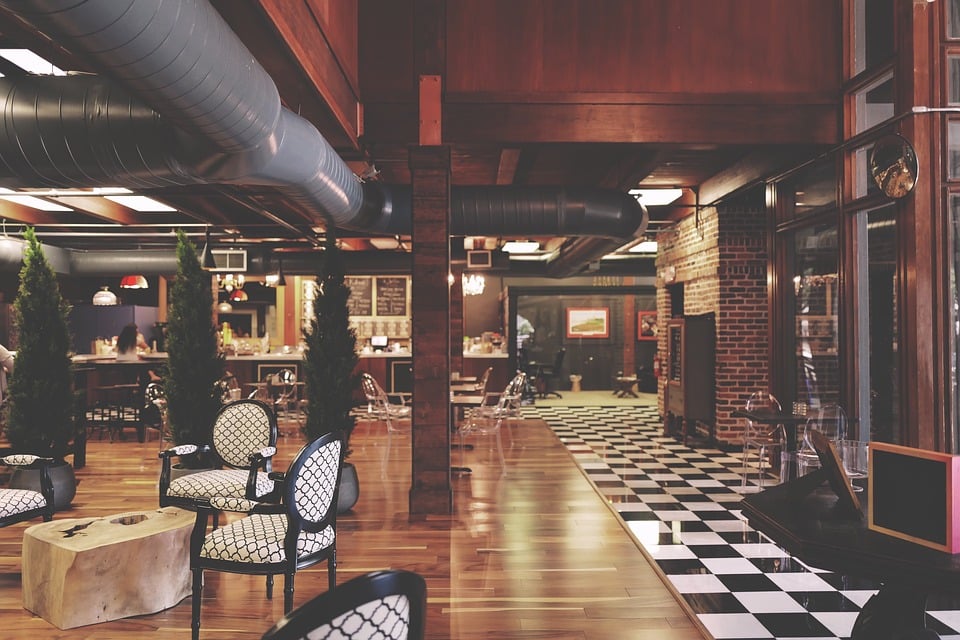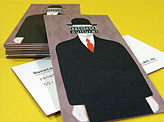IMAGE SOURCE: pixabay.com
When it comes to design, we all know that choices matter. Indeed, with research from Microsoft showing that a person’s average attention span is eight seconds, you need to make an impact quickly and efficiently. That’s why we’ve previously said that web designers should make full use of color and shade software such as Adobe Spark. By having full control over the colors, shades and shapes you use, there’s a much better chance you can steal someone’s attention and, most importantly, keep it.
Colors, Shapes and Features Matter
Indeed, the theory of how colors can affect us in design is well established. Black typically conveys sophistication and luxury, while purple is often linked to nostalgia, something brands like Cadbury and Yahoo have tapped into. Beyond color, you’ve got themes. For example, if you want to bring a touch of vibrancy to a room, the Caribbean is often an ideal source of inspiration. From choosing the right plants to bed canopies, woven furniture and bamboo touches, the right items can make any room feel exotic.
Put simply, the design process is all about psychology. If you can appeal to certain hardwired ideas as well as familiar cultural motifs, you stand a better chance of getting something noticed. In line with this, interior designers have long had a close connection with games. Ranging from the subtle to the obvious, game designs are a great way to not only add character and charm to a room but practicality. For instance, the humble blackjack table is perfect for rooms that are short on space. Familiar to the masses thanks to the internet, blackjack comes in a variety of forms; from Classic and Europe to Spanish 21, the game is almost as varied as those that play it. Adding a blackjack table to a game room, for instance, can not only be used for its intended purpose, but it could also represent a casino theme that can help style the entire area.
Play the Interior Decoration Game
IMAGE SOURCE: pixabay.com
No matter which type of blackjack you play, the table always stays the same. Oval with a slight recess along one side, the table is designed to be minimalist but functional. For the dealer, the recess makes it easier to deal the cards, rake in chips and interact with players. For designers, this feature makes this type of table ideal for small rooms. What’s more, the unusual shape makes the piece more memorable and, thus, links back to the idea that you only have eight seconds to steal someone’s gaze. The same is true when chess designs are incorporated into a room. Around for more than 1,500 years, chess is engrained in almost all cultures, meaning the board’s black/white pattern is often used in bathrooms to create neat contrasts.
Beyond that, chessboard patterns also work well on feature walls and floors. Regardless of the color scheme, a grid filled with alternating colors can’t help but capture someone’s attention. Finally, a small but impactful way to bring some character to a room is to look towards roulette and, specifically, it’s famous wheel. Even if you’re not a gaming fan, the roulette wheel made popular by Blaise Pascal is iconic and that’s what designers use when they add stylized clocks to their projects. Whether it’s a direct take on roulette with the familiar red/black segments or more of a roulette-inspired design, these timepieces look great in the right setting. And, again, they remind us that time is of the essence when it comes to design.
When you’ve only got a few seconds to make an impact, make them count. If you’re an interior designer, games are a great source of inspiration and can help make the game of design more entertaining.













